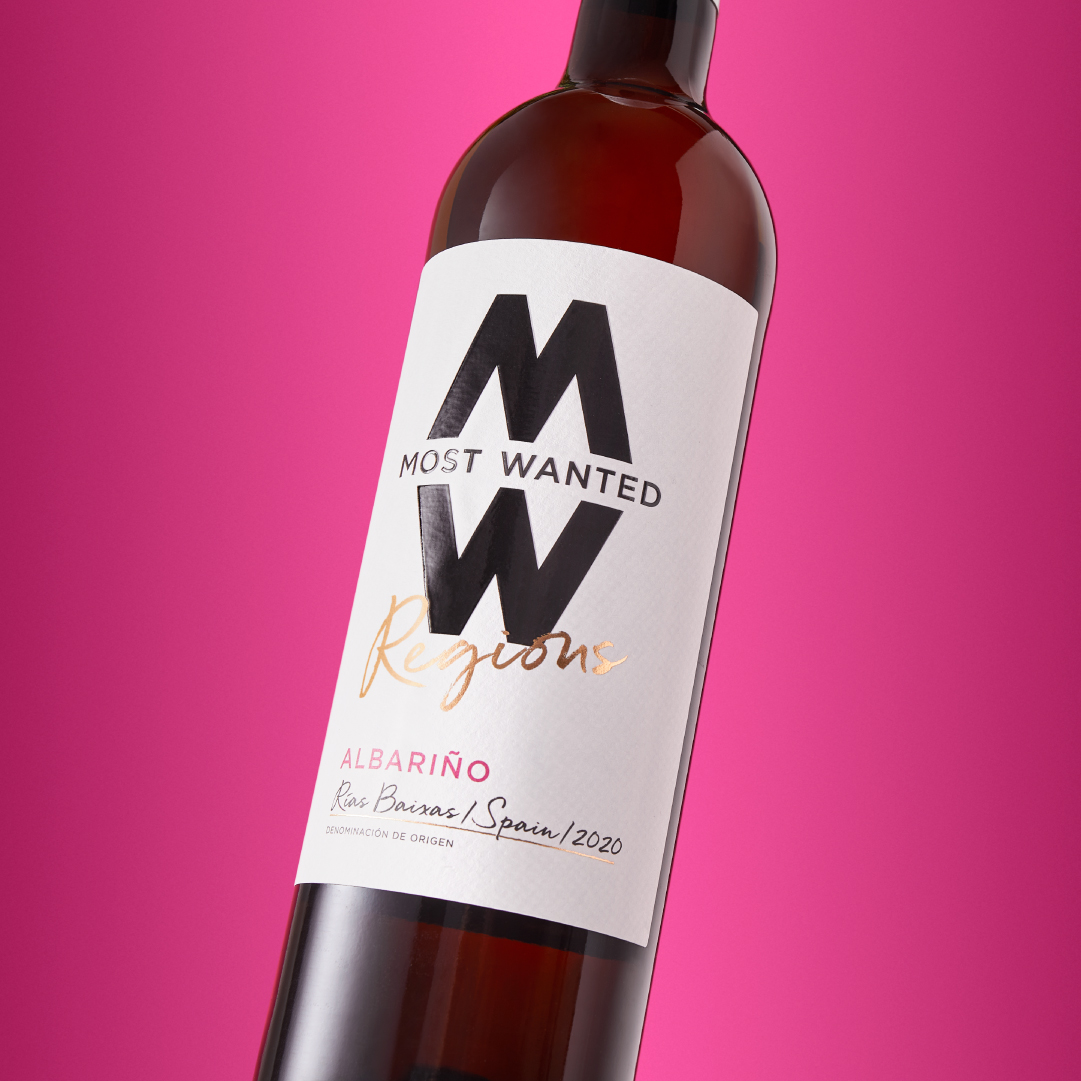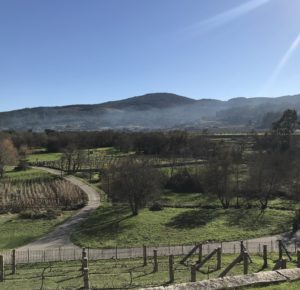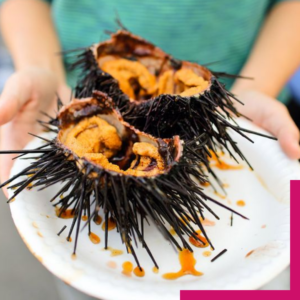How well d’you know your Albariño?

Hands up if you know your Albariño from your Sauvignon?
Spain’s signature white grape is not as well-known as we like to think.
First things first, it can be a bit more pricey than your average white. A small production area and therefore small volumes keeps costs high and guarantees a very specific style of wine – it’s loved by sommeliers and hipsters alike for the exact reasons we’ve mentioned above.
Compared to other, quite frankly, fast and loose grape varieties, it’s not grown all over the world, preferring the cool, wet climate of its native Galicia in north-west Spain, with some plantings just across the border in Portugal.

It’s in this breezy, Atlantic-influenced climate that Albariño thrives. The grapes are thick-skinned, meaning they weather a good storm and are less likely to be bothered by damp conditions – which is handy considering that the region gets on average 1800mm of rainfall a year, more than Manchester if you can believe that.
The main production area is Rias Baixas, a wine growing region stretching along the Atlantic coast south of Santiago di Compostela. The close proximity to the ocean, combined with the grape’s natural aromatic character, results in wines that are super-fresh, light and bright, with mouth-watering peachy fruit. The wines are sometimes bottled with a slight spritz still in the bottle, adding to the feeling of freshness.
As you might expect, they’re made for the food of the region. Throw any kind of seafood at a glass of Albarino and it will gladly accept – goose barnacles, mussels, sardines, or the highly prized sea urchins (pictured below).

Of course, if you can’t stretch to (or have no inclination to eat) sea urchins, follow advice from the team at Most Wanted HQ and pour yourself a chilled glass with your Friday night fish and chips. Winning all round.


